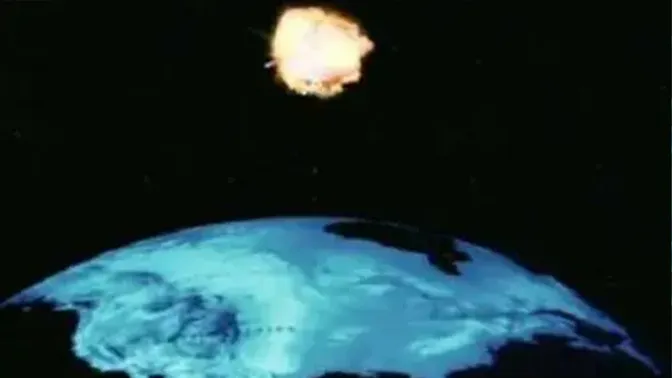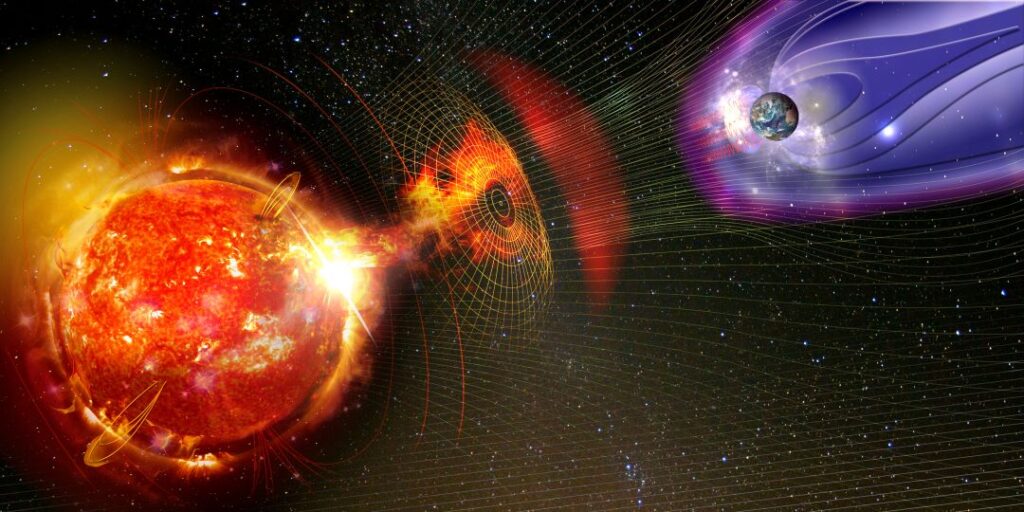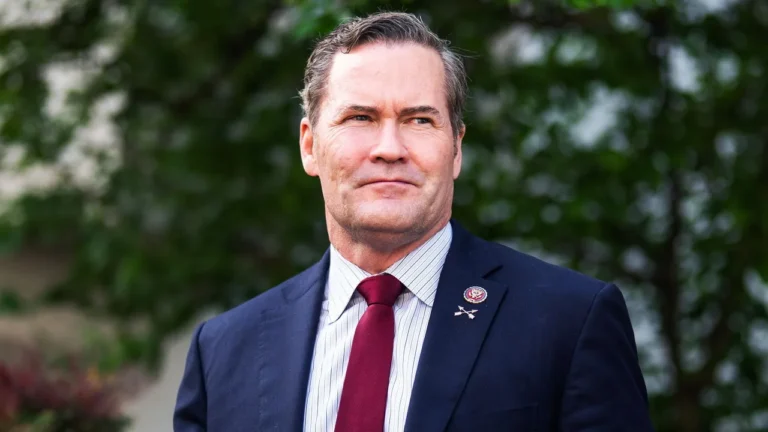Imagine waking up one morning to find that your phone, car, and even the power grid have all stopped working—permanently. No internet, no running water, no food deliveries. Sounds like something out of a sci-fi movie, right? Unfortunately, experts warn that a nuclear electromagnetic pulse (EMP) attack is a very real threat, and the U.S. is not prepared.
The Devastating Impact of an EMP Strike

An electromagnetic pulse is a burst of electromagnetic energy produced by a nuclear explosion in the atmosphere, considered capable of widespread damage to power lines, telecommunications, and electronic equipment. (Department of Homeland Security)
William R. Forstchen, a historian and bestselling author, has been sounding the alarm on EMP attacks for years. Speaking with Fox News Digital, he described how a single nuclear detonation in space—200 miles above the U.S.—could unleash an electrostatic wave that fries the power grid, rendering modern life impossible.
“This isn’t speculation,” Forstchen explained. “A small nuclear device, three times the size of the Hiroshima bomb, could knock out the electrical infrastructure for months or even years. Without power, transportation halts, communication collapses, and food and water supplies dwindle.”
The consequences? Grim. According to Congressional reports from 2002 and 2008, up to 90% of the U.S. population could perish within a year due to starvation, disease, and societal breakdown.
A Threat Recognized for Decades

(A geomagnetic disturbance acting with earths magnetic field – naes.com)
The danger of EMPs has been known since 1962 when the Starfish Prime nuclear test unexpectedly knocked out streetlights and communication systems in Hawaii. More recently, North Korea’s missile tests have raised concerns that adversaries are developing EMP capabilities to use against the U.S.
The late Peter Pry, a nuclear expert, once warned, “Cars would be paralyzed, airplanes could fall from the sky, and nuclear reactors could overload. A protracted blackout would be catastrophic for the survival of the American people.”
What Can the U.S. Do to Prepare?

(President of the United States Donald Trump)
Faced with this looming threat, President Donald Trump took action, commissioning studies on EMP defense and ordering the development of an advanced missile defense system similar to Israel’s Iron Dome. But more needs to be done. Forstchen suggests three major steps the U.S. must take to protect itself:
1. Modernize the Electrical Grid
The U.S. power grid is dangerously outdated, with some systems over 40 years old. “Our infrastructure is antiquated,” Forstchen stressed. “We need to reinforce it against EMPs and cyber threats.”
Joseph J. Brettel, a former energy spokesman, echoed this concern, arguing that upgrading the grid is both a security necessity and an economic opportunity, creating thousands of jobs in the process.
2. Build an American Iron Dome
Israel’s Iron Dome has proven to be a game-changer in missile defense, intercepting countless enemy rockets. The U.S. needs its own version, Forstchen argues.
“Ronald Reagan had the right idea in the ‘80s with Star Wars, but the technology wasn’t there yet,” he said. “Today, with advancements from innovators like Elon Musk, we could make it happen—and for a fraction of the cost of other military programs.”
Trump has already taken action, signing an executive order in January 2025 directing the Defense Secretary to create a next-generation missile shield for the U.S.
“By next term, we will build a great Iron Dome over our country,” Trump promised at a rally in Florida. “We deserve a dome—a missile defense shield made right here in America.”
3. Encourage Emergency Preparedness
While large-scale infrastructure projects take time, individual Americans can start preparing now. Forstchen advises everyone to stockpile at least one to two months’ worth of emergency supplies, including food, water, and medical necessities.
“I’m not saying you need to turn your house into a fortress,” he said. “But having basic supplies on hand can make all the difference in the event of a crisis.”
He pointed to Hurricane Helene’s aftermath in Asheville, North Carolina, as a cautionary tale. “Months later, some people were still struggling. Now imagine if that happened across the entire U.S.”
The Bottom Line
An EMP attack may sound like something out of Hollywood, but experts insist it’s a very real possibility. The U.S. must act now to modernize its electrical grid, develop advanced missile defense, and encourage personal preparedness. The question isn’t if an EMP strike could happen—it’s when.

